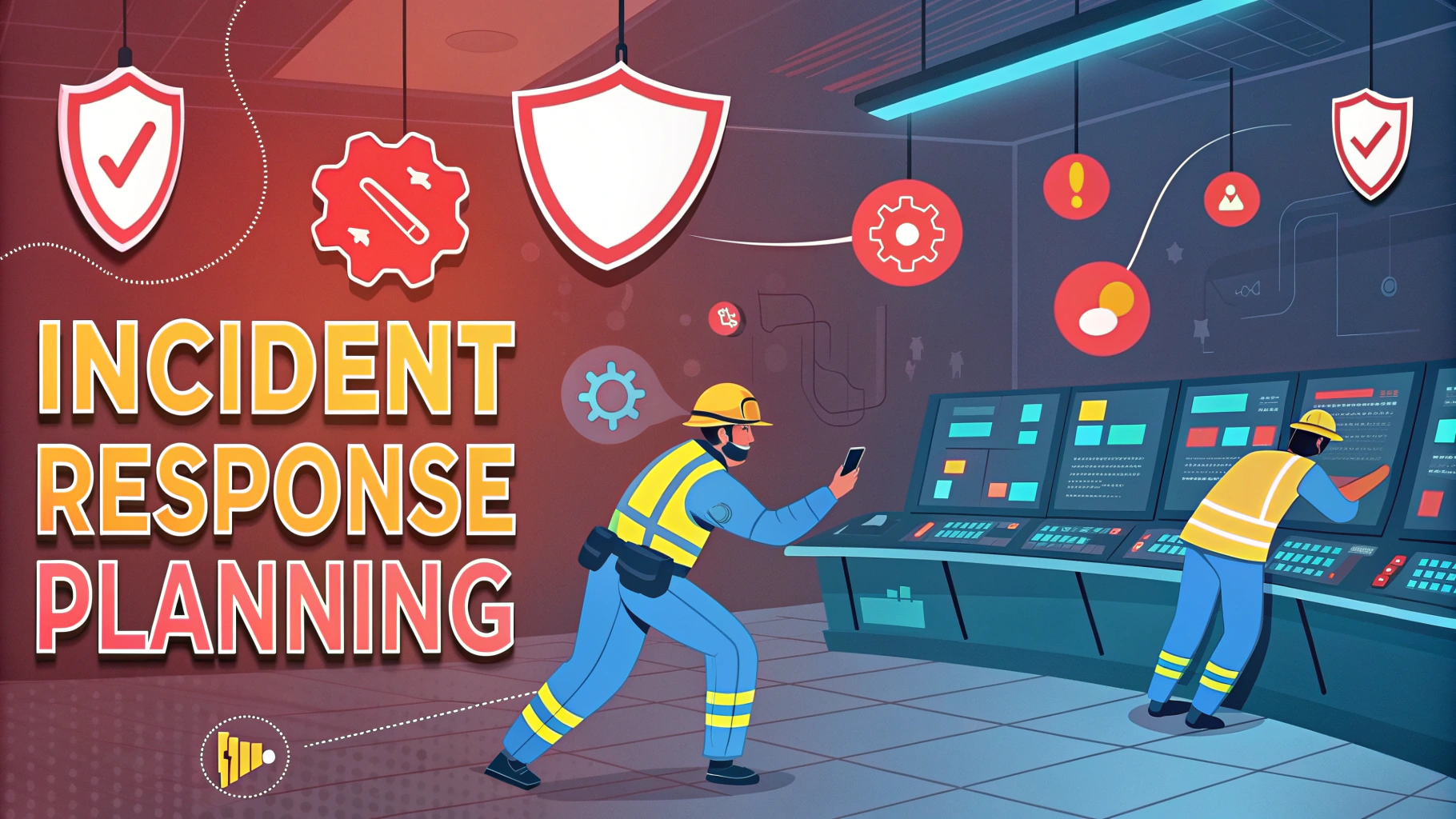NIST Special Publication 800-115 provides authoritative guidelines for conducting information security testing and assessments.
Key Components of NIST SP 800-115
This technical guide outlines four main assessment methods: review techniques, target identification, security testing, and examination.
Review Techniques Include:
- Documentation review
- Log review
- Rules of engagement analysis
- System configuration verification
Target Identification and Analysis:
- Network discovery
- Network port and service identification
- Vulnerability scanning
- Wireless scanning
Security Testing Methods:
- Password cracking
- Social engineering testing
- Configuration review
- Network sniffing
Implementation Guidelines
The document recommends a four-phase approach to security testing.
| Phase | Activities |
|---|---|
| Planning | Define objectives, scope, and rules of engagement |
| Discovery | Gather data and identify potential vulnerabilities |
| Attack | Validate discovered vulnerabilities |
| Reporting | Document findings and remediation recommendations |
Practical Tips for Implementation
- Obtain written authorization before starting any testing
- Document all testing procedures and findings
- Use automated tools in combination with manual testing
- Maintain proper chain of custody for all evidence
Reference Information
Access the full NIST SP 800-115 document at NIST’s Official Website.
Additional Resources:
- NIST Computer Security Division: www.nist.gov/itl/csd
- Computer Security Resource Center: csrc.nist.gov
Contact NIST’s Computer Security Division at [email protected] for technical questions about SP 800-115.
Risk Management Considerations
Security testing activities must align with organizational risk management strategies and compliance requirements.
Key Risk Factors:
- System availability during testing
- Data confidentiality preservation
- Potential system disruptions
- Legal and regulatory compliance
Testing Team Requirements
Organizations should establish specific qualifications and responsibilities for security testing personnel.
Required Skills:
- Network architecture knowledge
- Security tools proficiency
- Documentation expertise
- Incident response capabilities
Common Testing Challenges
- Limited testing windows
- Production environment constraints
- Resource availability
- Tool limitations
Conclusion
NIST SP 800-115 provides a comprehensive framework for security testing and assessment. Success depends on proper planning, skilled personnel, and adherence to documented procedures. Organizations should regularly review and update their testing methodologies to address emerging threats and technological changes.
Key Takeaways:
- Follow structured assessment methods
- Maintain proper documentation
- Address identified risks promptly
- Update procedures regularly
FAQs
- What is NIST SP 800-115, and why is it important for penetration testing?
NIST SP 800-115 is a technical guide published by the National Institute of Standards and Technology that provides guidelines for information security testing and assessment, including penetration testing. It serves as a framework for organizations to evaluate their security posture effectively. - What are the four main phases of security testing according to NIST SP 800-115?
The four main phases are Planning, Discovery, Attack, and Reporting. Each phase must be carefully executed and documented according to the guidelines to ensure comprehensive security assessment. - What types of penetration testing are covered in NIST SP 800-115?
The document covers network security testing, web application security testing, wireless security testing, physical security testing, and social engineering assessment methodologies. - How does NIST SP 800-115 address rules of engagement in penetration testing?
The document specifies that rules of engagement must clearly define scope, timing, and authorized activities. It requires written permission, documentation of emergency contacts, and detailed agreements between testers and the organization. - What documentation requirements does NIST SP 800-115 mandate for penetration testing?
It requires detailed documentation of test plans, methodologies used, tools employed, findings, vulnerabilities discovered, and recommendations for remediation. All testing activities must be logged and time-stamped. - What are the key security controls that NIST SP 800-115 recommends testing?
The framework recommends testing management controls, operational controls, and technical controls, including access control mechanisms, authentication systems, encryption implementations, and network security architecture. - How does NIST SP 800-115 address the handling of sensitive data during testing?
The document provides guidelines for protecting sensitive data discovered during testing, including proper storage, transmission, and disposal of information. It requires encryption of test results and careful handling of credentials. - What are the suggested vulnerability scoring methods in NIST SP 800-115?
The document recommends using standardized scoring systems like CVSS (Common Vulnerability Scoring System) to rate the severity of discovered vulnerabilities and prioritize remediation efforts. - What tool categories does NIST SP 800-115 recommend for penetration testing?
It recommends various tool categories including network scanners, wireless analyzers, password crackers, vulnerability scanners, packet analyzers, and exploitation frameworks, while emphasizing the importance of using properly calibrated and validated tools. - What are the reporting requirements outlined in NIST SP 800-115?
Reports must include executive summaries, technical findings, risk ratings, supporting evidence, and detailed remediation recommendations. The document emphasizes clear communication of technical findings to both technical and non-technical audiences.








